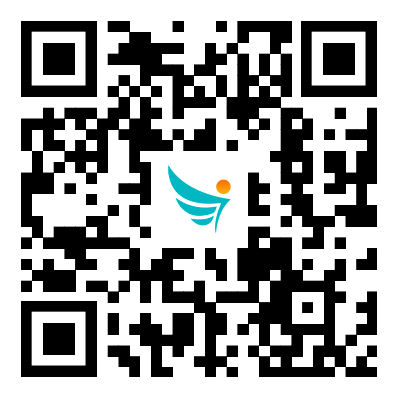How does the water meter work?
2023-10-17
Water meters are devices used to measure the volume of water that passes through a water supply line. They come in various types, but the basic principle of operation is to measure the flow of water and convert it into a measurable unit (e.g., gallons or cubic feet). Let's explore how the two most common types of water meters work:
1. Analog (Mechanical) Water Meter:
Analog water meters use mechanical components to measure water flow. The main components include a chamber with a turbine or impeller and a series of dials or odometer-like wheels to display the reading.
- Turbine or Impeller: Inside the water meter's chamber, there is a turbine or impeller. As water flows through the chamber, it causes the turbine or impeller to spin.
- Gearing Mechanism: The spinning motion of the turbine or impeller is transmitted through a gearing mechanism, which moves the pointers on the dials. Each dial represents a unit of water measurement (e.g., gallons or cubic feet).
- Dials: The dials display the total amount of water that has passed through the water meter. These dials may vary in size, with the smaller dials measuring fractions and the larger dials measuring the whole units.
When water flows through the meter, it causes the turbine or impeller to rotate, which, in turn, moves the pointers on the dials. The user reads the dials to determine the total water consumption.
2. Digital (Smart) Water Meter:
Digital water meters, also known as smart water meters, use electronic components to measure and record water flow data. They offer more advanced features and communication capabilities compared to analog meters.
- Flow Sensor: Digital water meters have a flow sensor that detects the flow of water through the meter. This sensor may use technologies like ultrasonic, electromagnetic, or other methods to measure water flow accurately.
- Microprocessor: The flow sensor's data is sent to a microprocessor, which processes the information and calculates the water consumption.
- Digital Display: The digital display on the smart water meter shows the real-time water consumption in gallons or cubic feet. Some smart meters may display additional information, such as flow rate, historical usage data, and leak detection alerts.
- Communication: Smart water meters can communicate remotely with the utility company through various technologies like radio frequency, cellular networks, or other communication protocols. This enables automatic meter reading and allows utilities to monitor water usage without physically accessing the meter.
Smart water meters offer more convenience and accuracy, and they can also help identify water leaks and anomalies in real-time.
Overall, both analog and digital water meters serve the essential function of accurately measuring water usage, allowing utility companies to bill customers accurately and encouraging water conservation.


